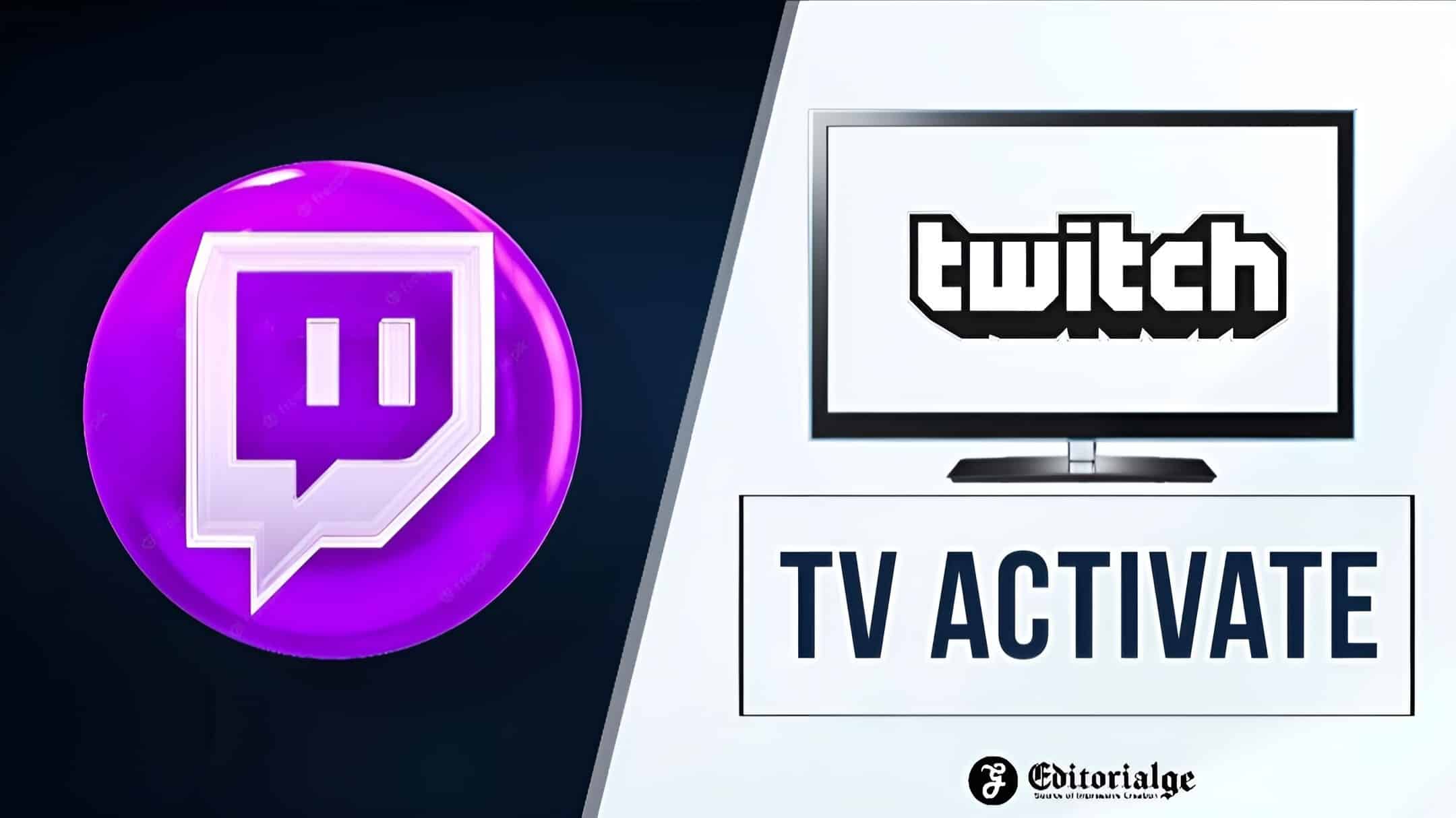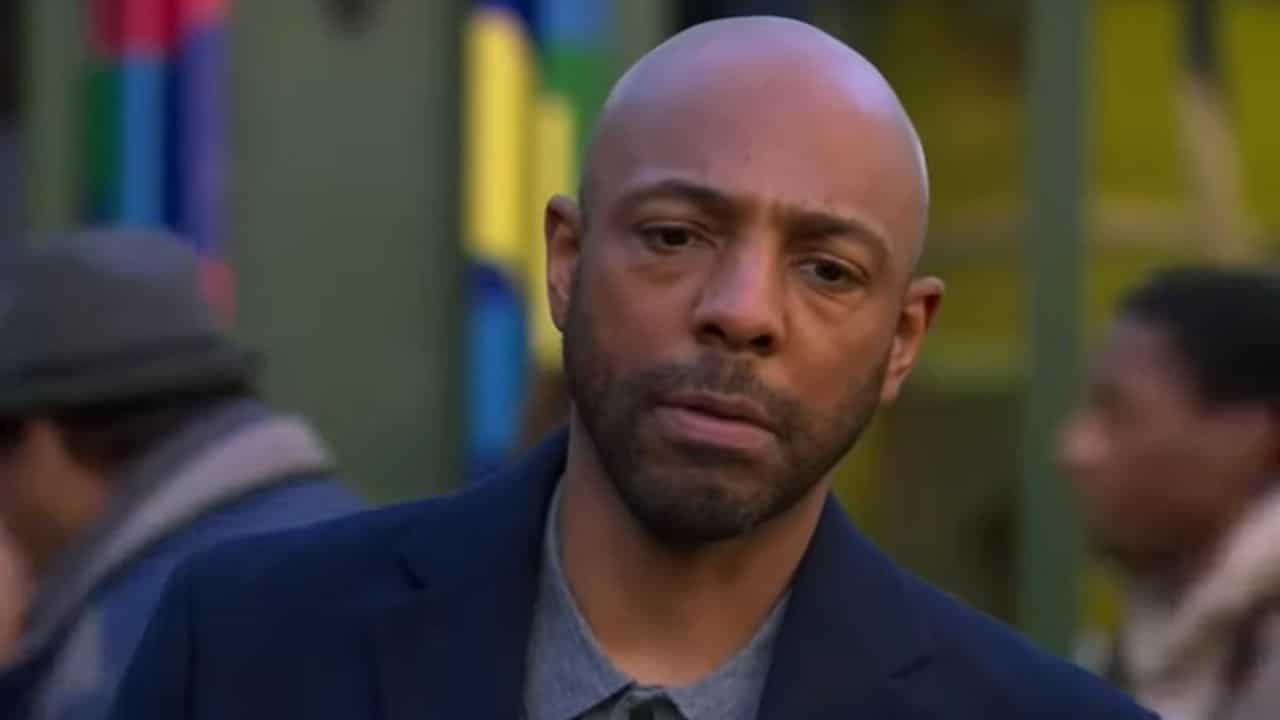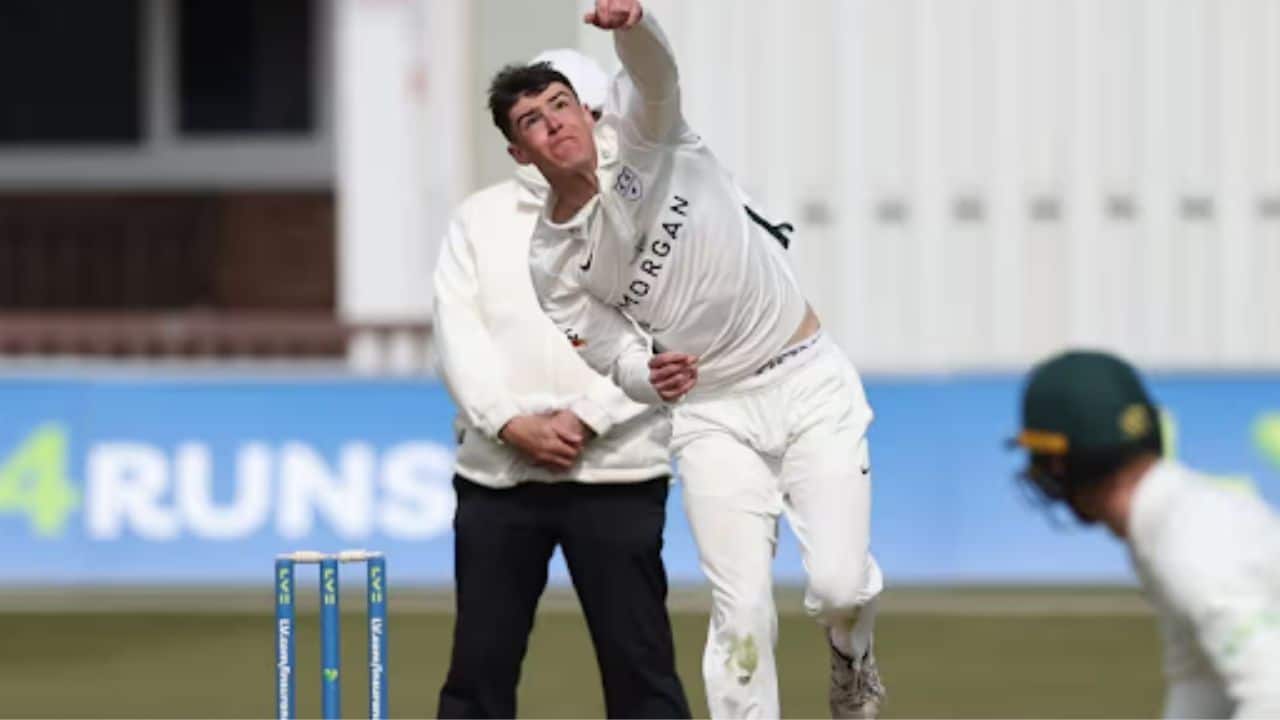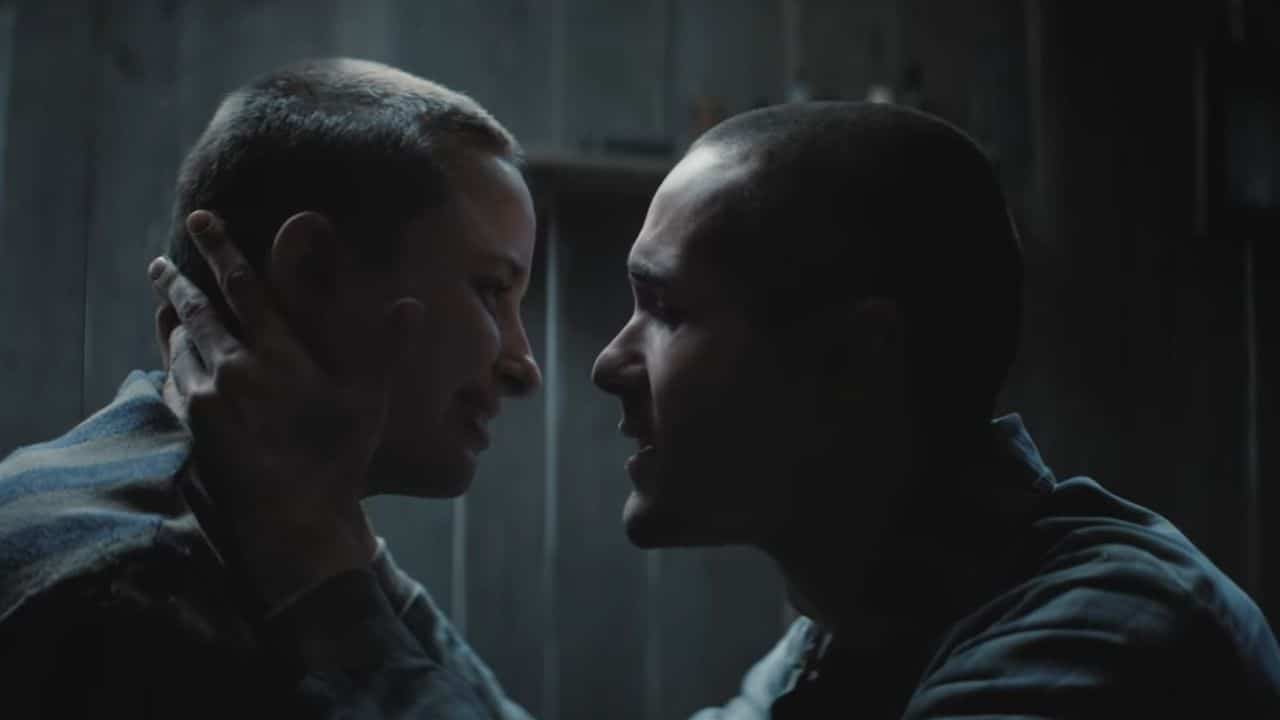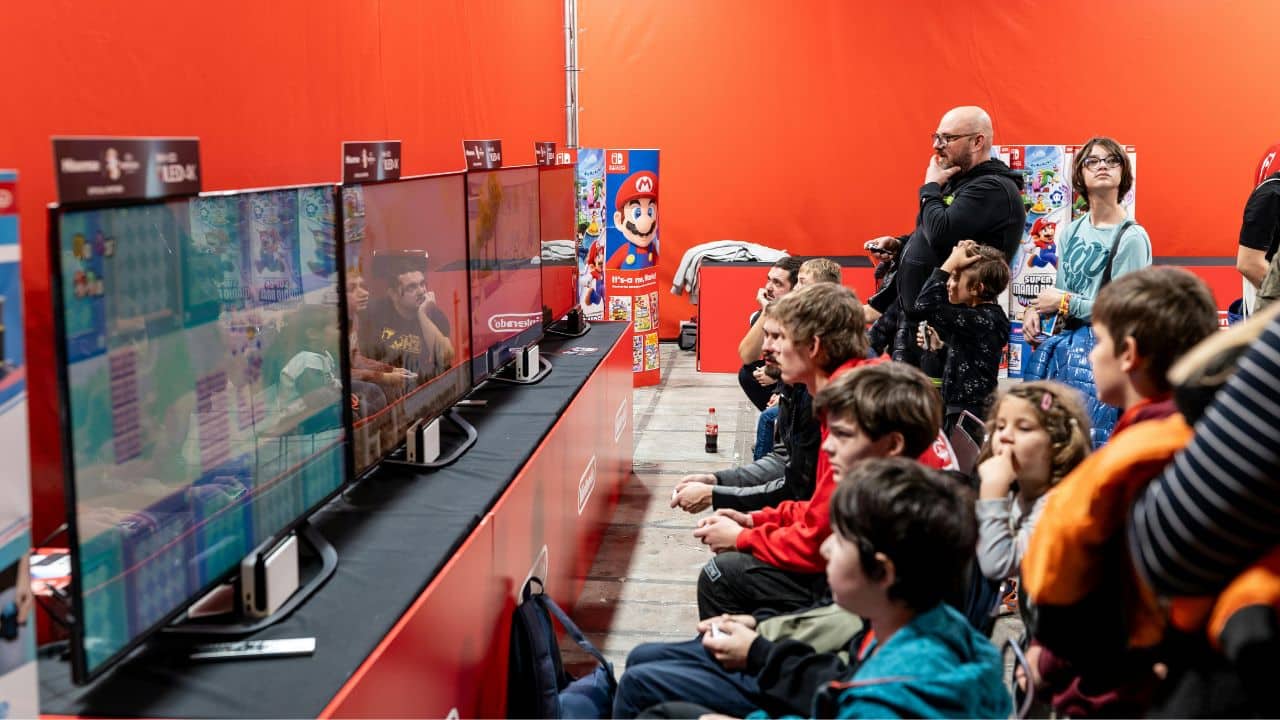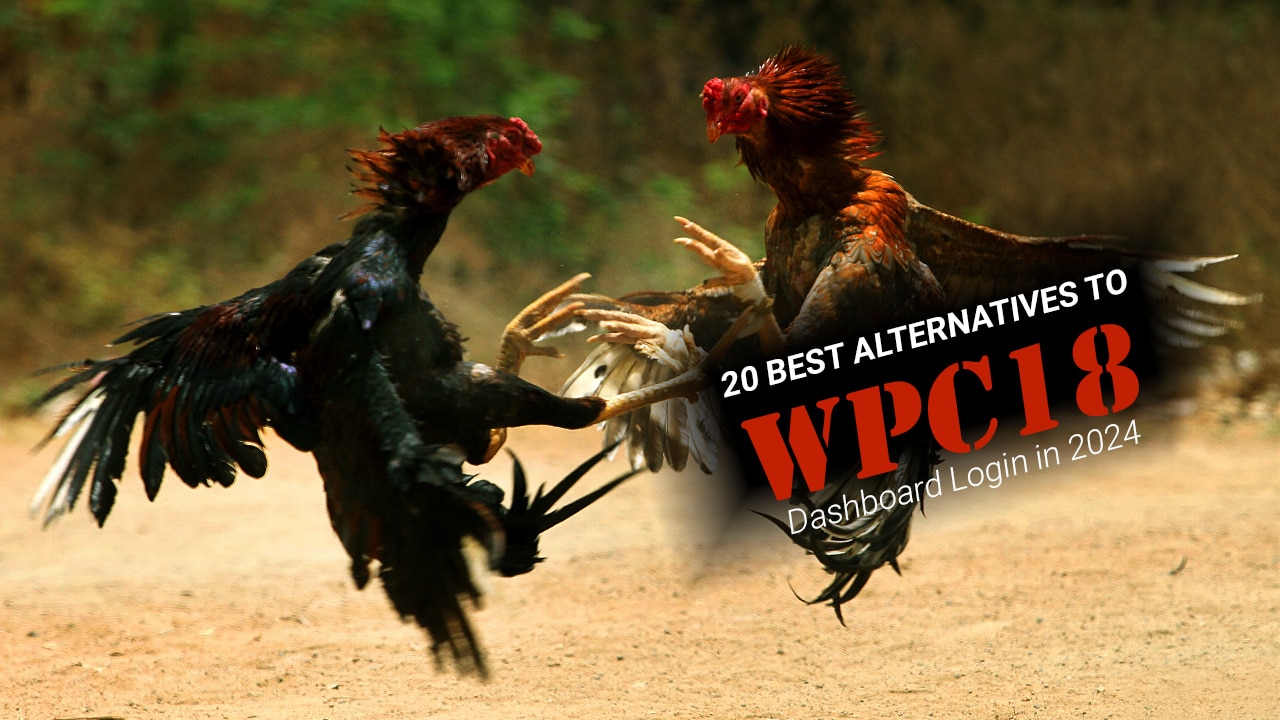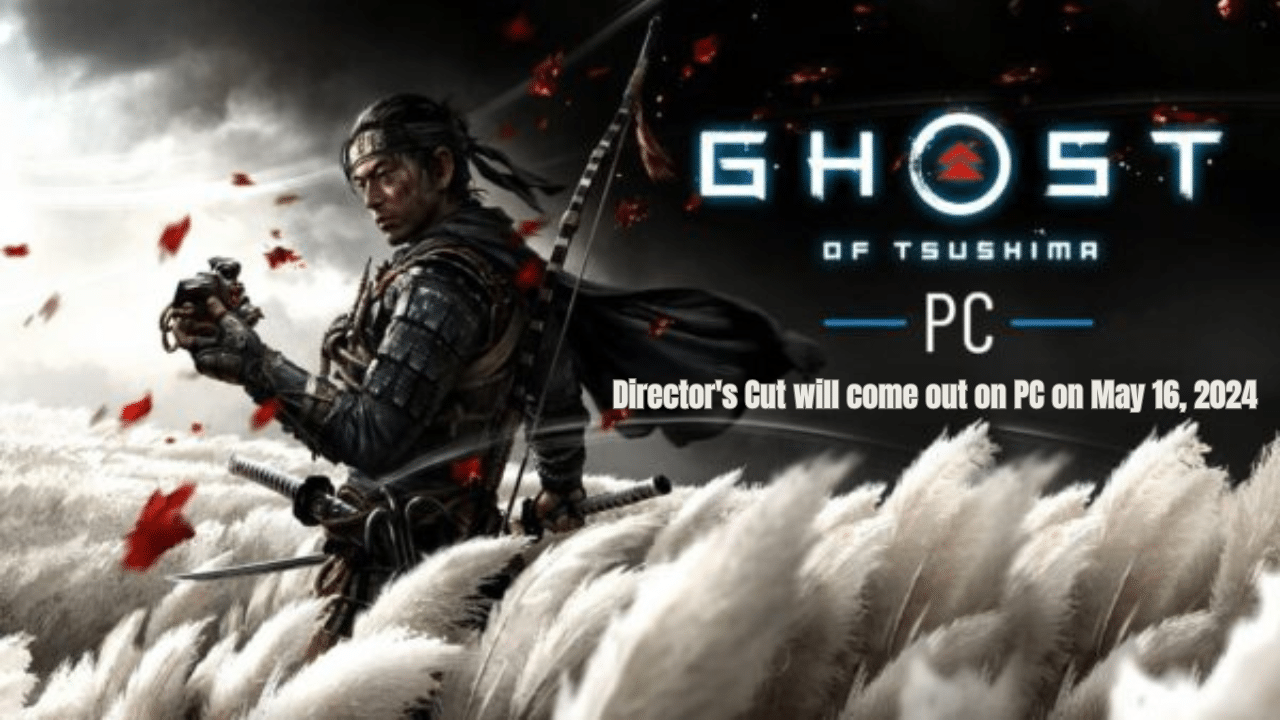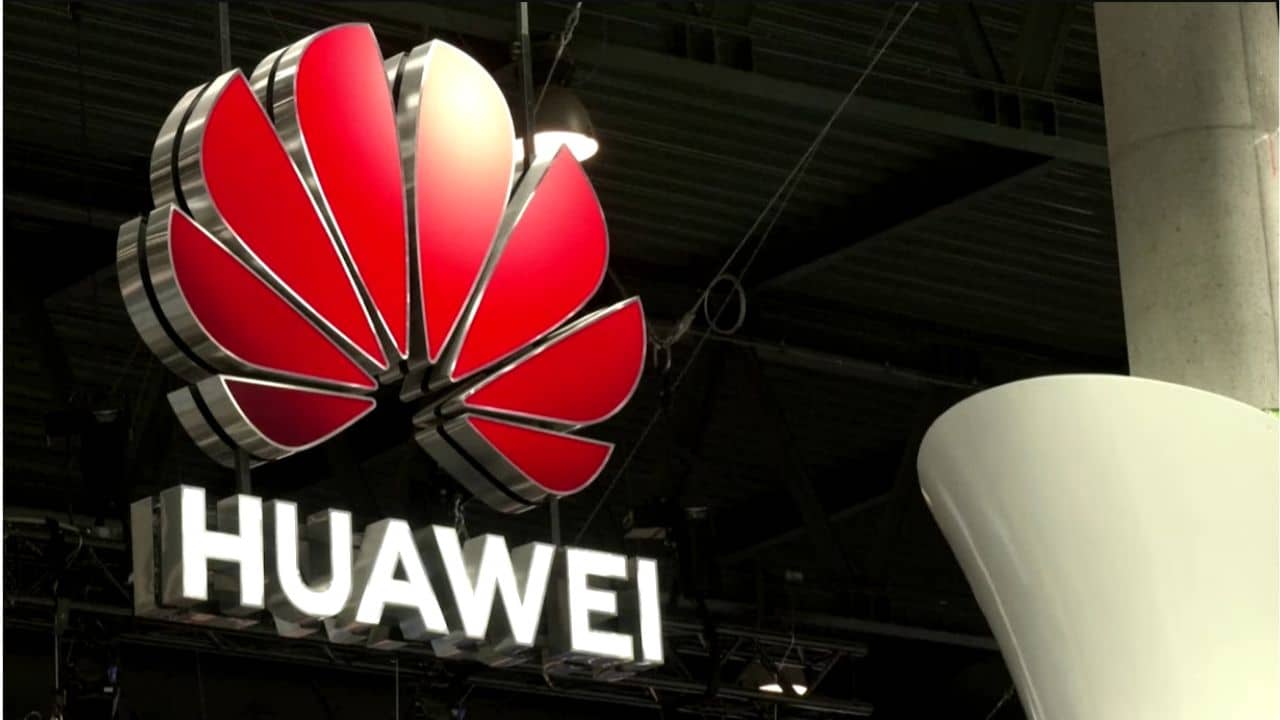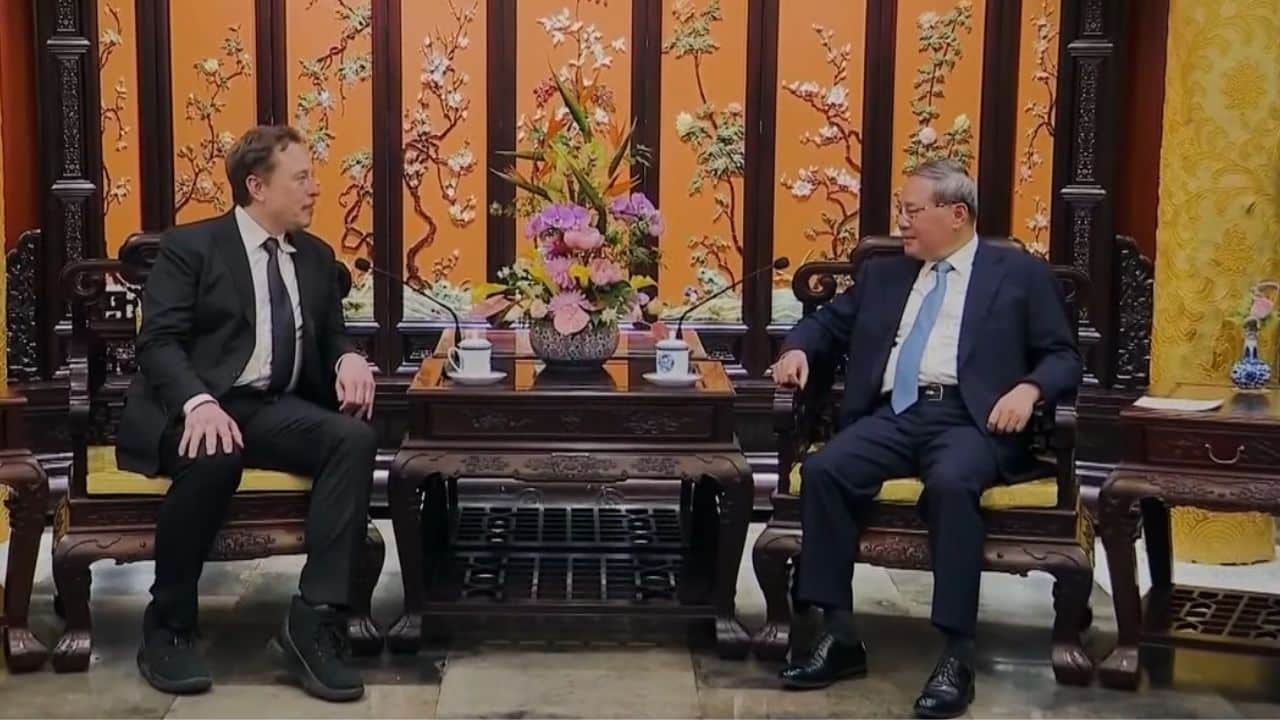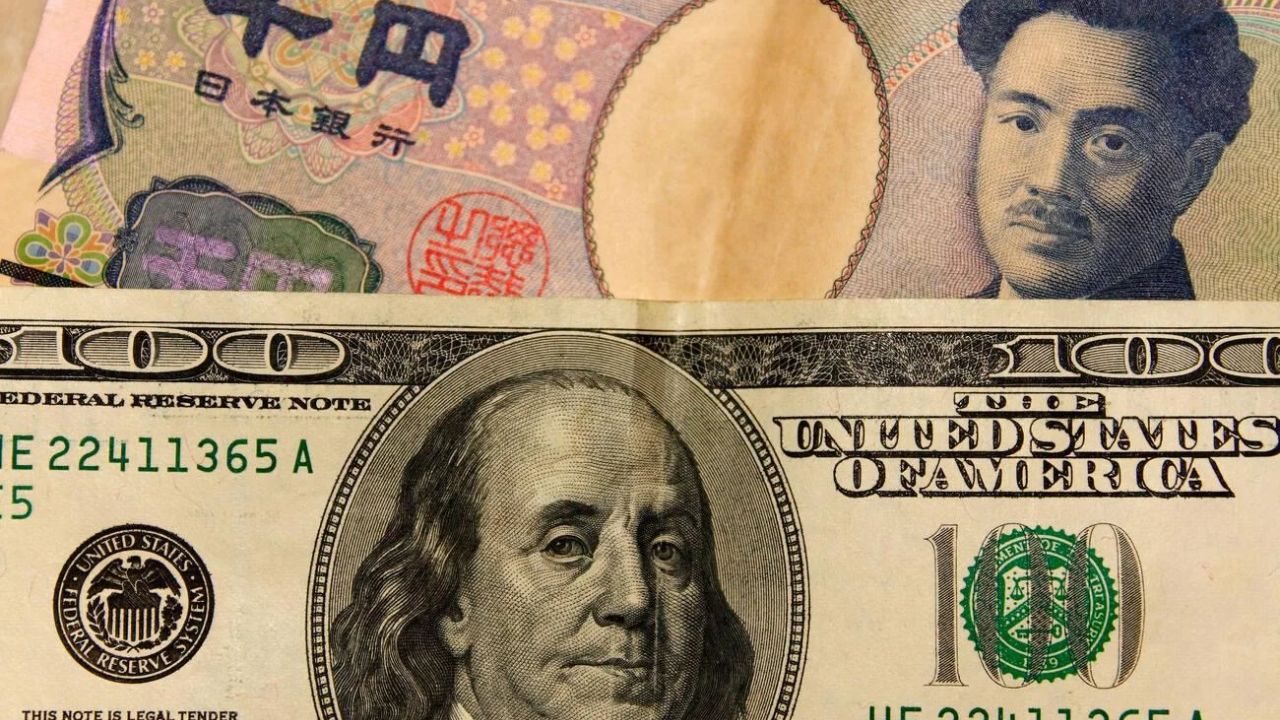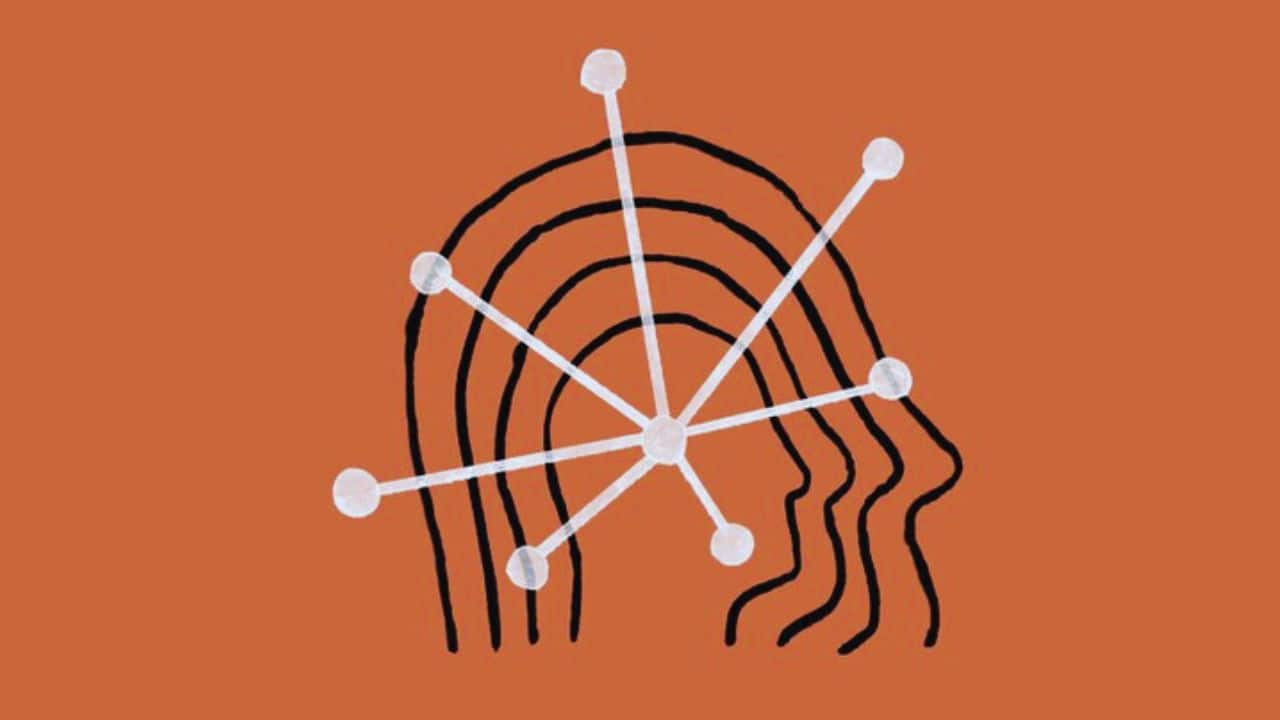The toil of tiny hands harvesting crops or the hushed buzz of a dimly lit factory filled with children stitching garments are scenes that may seem distant, yet they echo a harsh reality for millions across the globe.
Imagine being stripped of your childhood to labor in grueling conditions—this is the daily life for young souls caught in child labor’s grip. It’s not just about missed playtime; it robs these kids of education, growth, and a future brimming with possibilities.
A staggering fact highlights this plight: Around 10 million children in India alone trade school desks for workstations before even hitting their teens. Delving into our blog offers an eye-opening journey through the consequences and solutions surrounding child labor—a chance to understand how we can unlock and restore lost potential.
Ready to be part of change? Keep reading about how child labor robs a generation. Every word counts toward shaping a brighter tomorrow for our world’s children.
Understanding Child Labor
To grasp the full scope of child labor, one must delve beneath its surface to untangle a complex web of contributing factors—socioeconomic pressures, entrenched cultural norms, and institutional failures all play their part.
It’s a phenomenon that not only thwarts individual potential but also casts long shadows over physical health and mental well-being, often with irreversible consequences.
Factors Perpetuating Child Labor
Child labor is a problem that hurts many children around the world. It stops kids from growing up healthy and getting a good education.
- Poverty pushes families to make their kids work. When parents don’t have enough money, they might think they need their children to help earn more.
- Cheap labor is tempting to employers. They can pay kids less than adults, which saves them money.
- Some families have been making their kids work for generations. It’s what they know and expect their children to do too.
- Places with fewer schools or bad schools often see more child labor. Kids can’t learn if they don’t have a good place to go to school.
- When countries lack strong laws against child labor, it can happen more often. Without these rules, there’s not much to stop employers from hiring kids.
- Wars and disasters force families from their homes. This messes up normal life and can lead kids to work just to survive.
- Sometimes, people think that work like farming doesn’t count as child labor. They may not see that it’s still harmful and keeps kids out of school.
- Kids without birth certificates might end up working early. If no one knows how old they are, it’s easier for them to be hired illegally.
- In some places, girls are expected to work at home instead of going to school. This kind of unpaid work is also a form of child labor.
- Companies far away might buy things made by children without knowing it. This keeps child labor going because there’s always a demand for cheap products.
The Role of Child Labor in Physical and Psychological Degeneration
Child labor can break down a young person’s body and mind. Kids who work long hours often miss out on play, which is key for growth and learning. They lift heavy loads, get exposed to dangerous chemicals, and don’t get enough rest.
These conditions cause injuries and illnesses that can last a lifetime.
For their minds, the effects are just as harsh. Child workers face abuse that makes them feel worthless and scared. They grow up too fast, dealing with stress no kid should handle.
This trauma leads to emotional scars that change how they think about themselves and the world.
Hard work also means less time for school or homework. Many child laborers fall behind or drop out completely, losing their chance at education. Without learning skills in school, they stay stuck in low-paying jobs later on.
Impact of Child Labor on Education
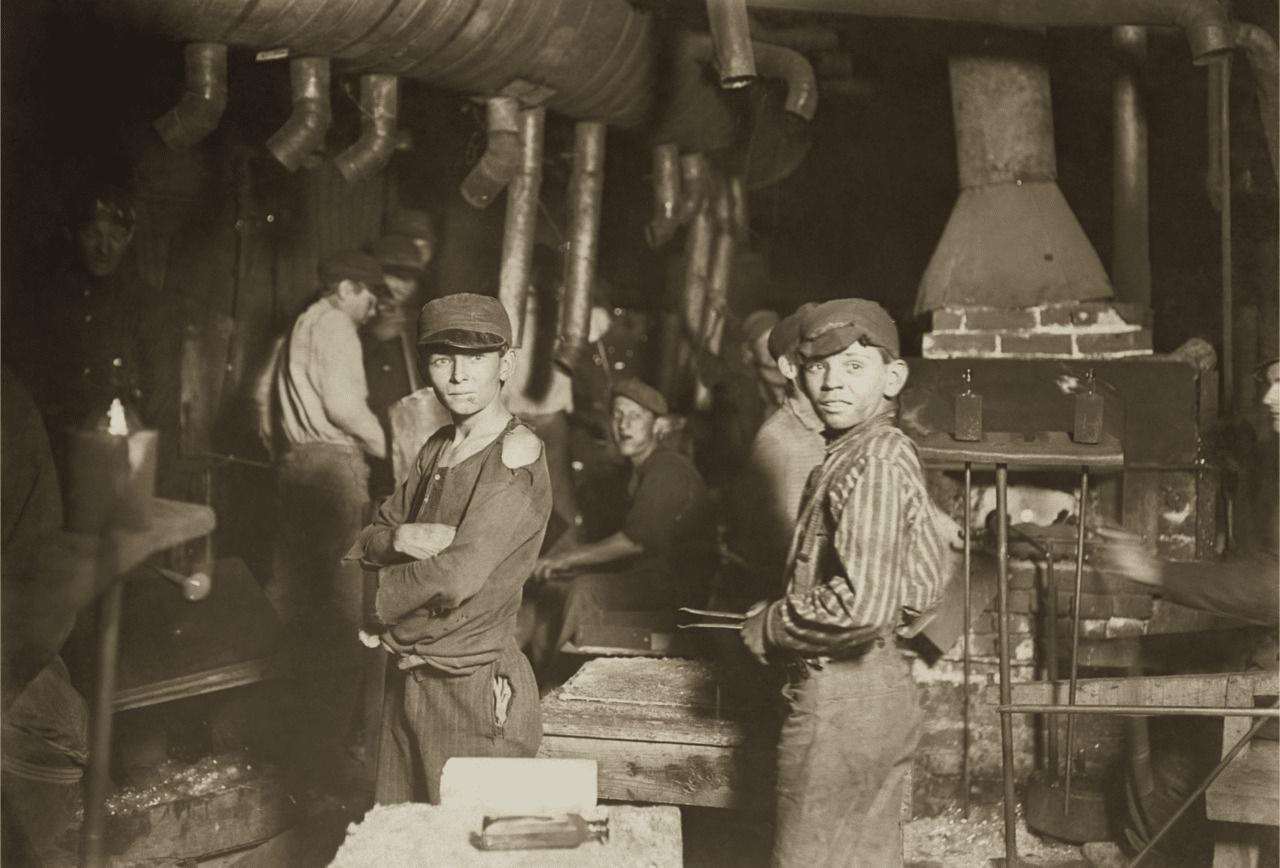
The theft of a brighter future is starkly evident when one examines the impact of child labor on education; these young individuals are not only stripped of their childhood but also of the transformative power that schooling holds.
Child labor insidiously undermines educational opportunities, creating a barrier almost as unyielding as the walls not built for them to learn within—denying them the fundamental right to literacy and numeracy that serves as society’s cornerstone.
How child labor keeps children out of school
Child labor forces kids to work long hours, often in tough conditions. This means they can’t go to school or have time for homework. Some children might help their families with farming or sell things on the streets instead of learning in class.
Even when schools are close by, tired and overworked kids find it hard to focus on studying.
Many child workers don’t get the chance to learn reading, writing, and math. They miss out on education that could help them get better jobs later on. Without schooling, these children stay trapped in a cycle of poverty.
Efforts like the CLEAR Cotton project aim to break this pattern by getting kids out of work and back into classrooms where they belong.
The Current Situation and Trends
In the current landscape, child labor remains an unresolved crisis that continues to shape—and often distort—the future of millions. Amidst evolving global challenges such as the COVID-19 pandemic, understanding these trends is crucial for crafting effective interventions and safeguarding a generation’s potential.
The impact of Covid-19
COVID-19 hit, and life got harder for many kids around the world. Schools shut down, leaving over 90% of students without classrooms to learn in. This meant more kids had to work, often in tough conditions, just to help their families make ends meet.
Suddenly, millions more children joined the ranks of child laborers.
The pandemic added 142 million children to income-poor homes where there was no other choice but to send them out for jobs. These young workers couldn’t stay safe from sickness or get a good education while they worked long hours.
The struggle grew as COVID-19 spread, with now 160 million children caught in child labor’s grip and over half not able to go to school at all.
International targets and commitments
Child labor is a critical issue that the international community is tackling head-on. Nations around the world are setting goals and making promises to end this problem.
- The United Nations set a target called SDG 8.7. It aims to stop all child labor by 2025.
- This goal helps push forward SDG 4, which focuses on quality education for all kids.
- The International Labor Organization (ILO) develops child labor standards. These also protect young workers from being exploited.
- Countries are creating laws based on ILO conventions.
- The EU works to get rid of child labor causes. They fight poverty and help kids go to school.
- Social protection systems are growing stronger.
- Governments and groups work together on the CLEAR Cotton project. They use education to combat child labor in cotton fields.
- Leaders promise to find new ways to wipe out child labor soon.
- By 2025, the EU and its partners plan to reach SDG target 8.7.
How Child Labor Robs a Generation
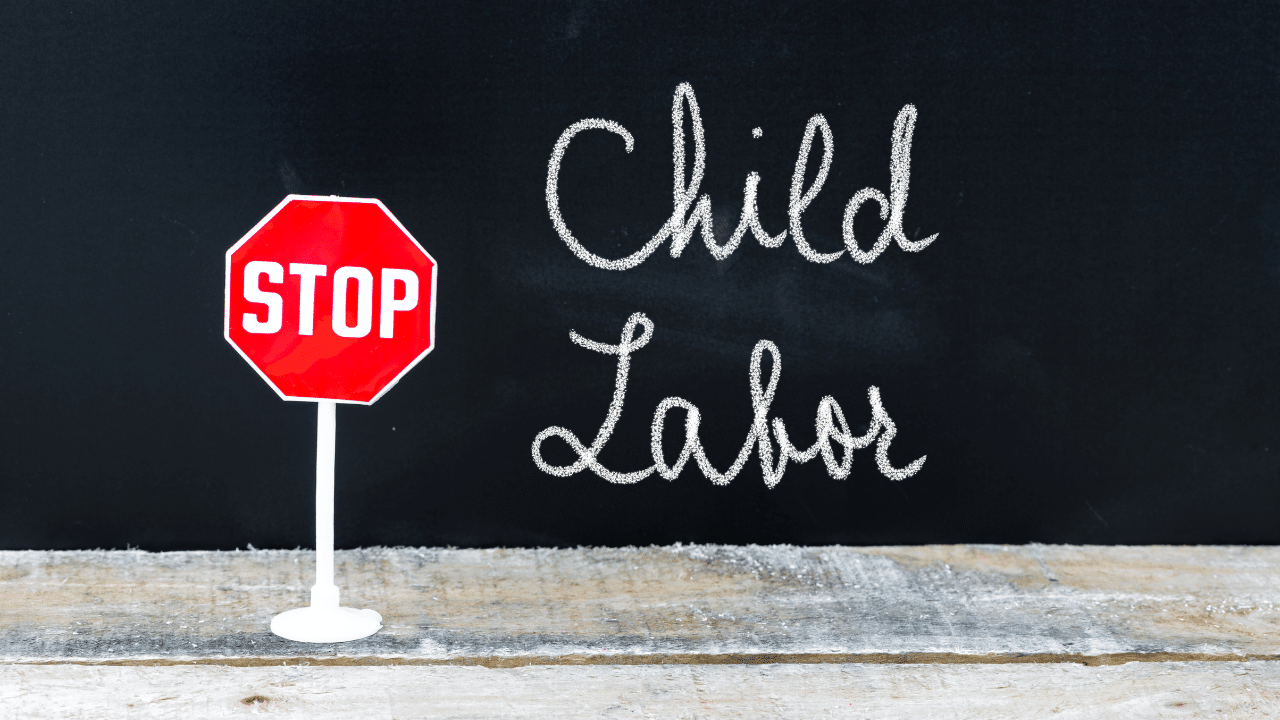
The most horrific effect of child labor is probably the theft of innocence and potential, where each task carried out by young hands casts a long shadow on what might have been—a generation’s dreams postponed.
Beyond the immediate toils, every minute spent in hazardous work is a strike against the fabric of their rights, sowing seeds for societal challenges that may take decades to mend.
Lost childhood and growing up too quickly
Child labor forces kids to skip the fun and learning that come with being young. Instead of playing with friends or going to school, they spend long days working hard jobs. This stolen childhood means growing up too quickly, facing adult responsibilities while still little.
These children often do dangerous work that can hurt their bodies and minds. Without a chance for education, their future is less bright. They miss out on learning new things and dreaming about what they could be one day.
Working instead of playing changes a kid’s life in bad ways. It takes away the joys of childhood, like having time to explore and imagine. Plus, it can lead to feeling sad or scared because of the tough things they have to do at such a young age.
Impact on children’s rights
Child labor strikes at the heart of what it means to be young. It takes away a child’s right to play, learn, and just enjoy being a kid. Think about kids being forced into dangerous work when they should have books and toys instead.
They miss out on school and making friends—all because they’re working in fields or factories.
The United Nations Convention on the Rights of the Child says every child deserves protection from work that harms their health or education. But many children stuck in labor are denied these rights every day.
They grow up without learning how to read or write, which closes doors for their future. It’s not just unfair—it breaks international laws meant to keep them safe and help them thrive.
Solutions to Child Labor
Discovering viable solutions to the pervasive problem of child labor necessitates a multi-faceted approach, one that not only addresses immediate needs but also tackles systemic issues.
Social protection measures and educational initiatives, such as the CLEAR Cotton project, hold promise as powerful tools in this critical fight to reclaim futures and rekindle lost potential.
Role of social protection
Social protection helps families keep their kids away from work. It gives them money or help, like universal child benefits or cash transfers. These supports fight poverty and let kids go to school instead of working.
In places like Zambia, social protection makes people aware of how important education is.
The EU fights child labor by dealing with what causes it first—things like being poor and not equal. They want children to get a good education and have a safe life. Better rules for companies are also part of the plan, so they check where things come from and keep everything fair.
Cash programs support parents so they don’t rely on their children’s work to survive. This means less pressure on kids to earn money when they should be learning or playing. They can grow up healthier and smarter, helping everyone in the long run.
The CLEAR Cotton project: combating child labor with education
The CLEAR Cotton project is tackling child labor head-on. Funded by the EU and run by the ILO and FAO, it focuses on getting kids out of work and back into school. This effort goes straight to the heart of the cotton, textile, and garment industries, where forced labor lurks.
Children trapped in these jobs miss out on learning every day. The project’s goal is to break this cycle with stronger education opportunities that draw children away from factories and fields.
It puts serious effort into figuring out why child labor happens and then develops plans that protect children’s rights while providing them a chance at schooling.
The CLEAR Cotton project lines up with global goals like Sustainable Development Goal 8.7, which fights to stop all kinds of child labor. It stands for tougher rules against those who hire kids illegally.
Stiff penalties can scare businesses away from using child workers. The world will hear about the progress at an important meet-up during the International Labor Conference, showing everyone’s promise to end this problem for good.
Conclusion
Do you know how child labor robs a generation? Child labor steals dreams and futures. It keeps kids out of classrooms, trapping them in a cycle of poverty. Hard work harms their bodies and minds before they fully grow. Every child forced to work is one less leader, scientist, or teacher for tomorrow.
We can break this chain with laws and education that protect our youth. Let’s empower every child with the freedom to learn, play, and grow into who they are meant to be.










